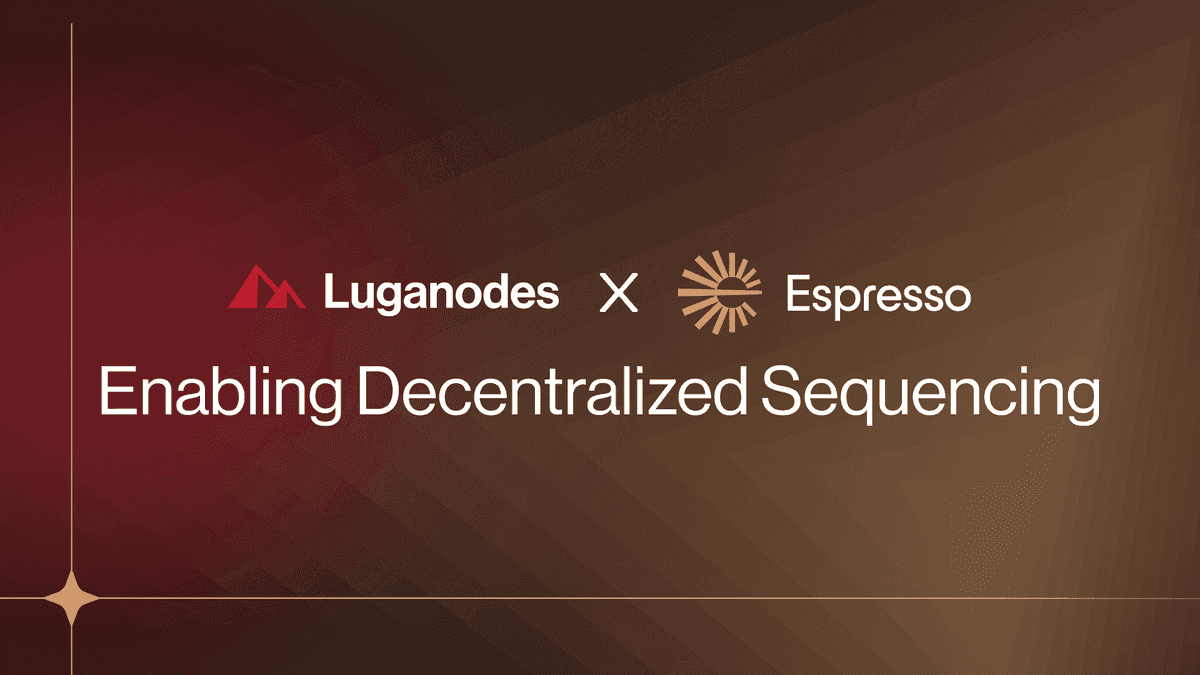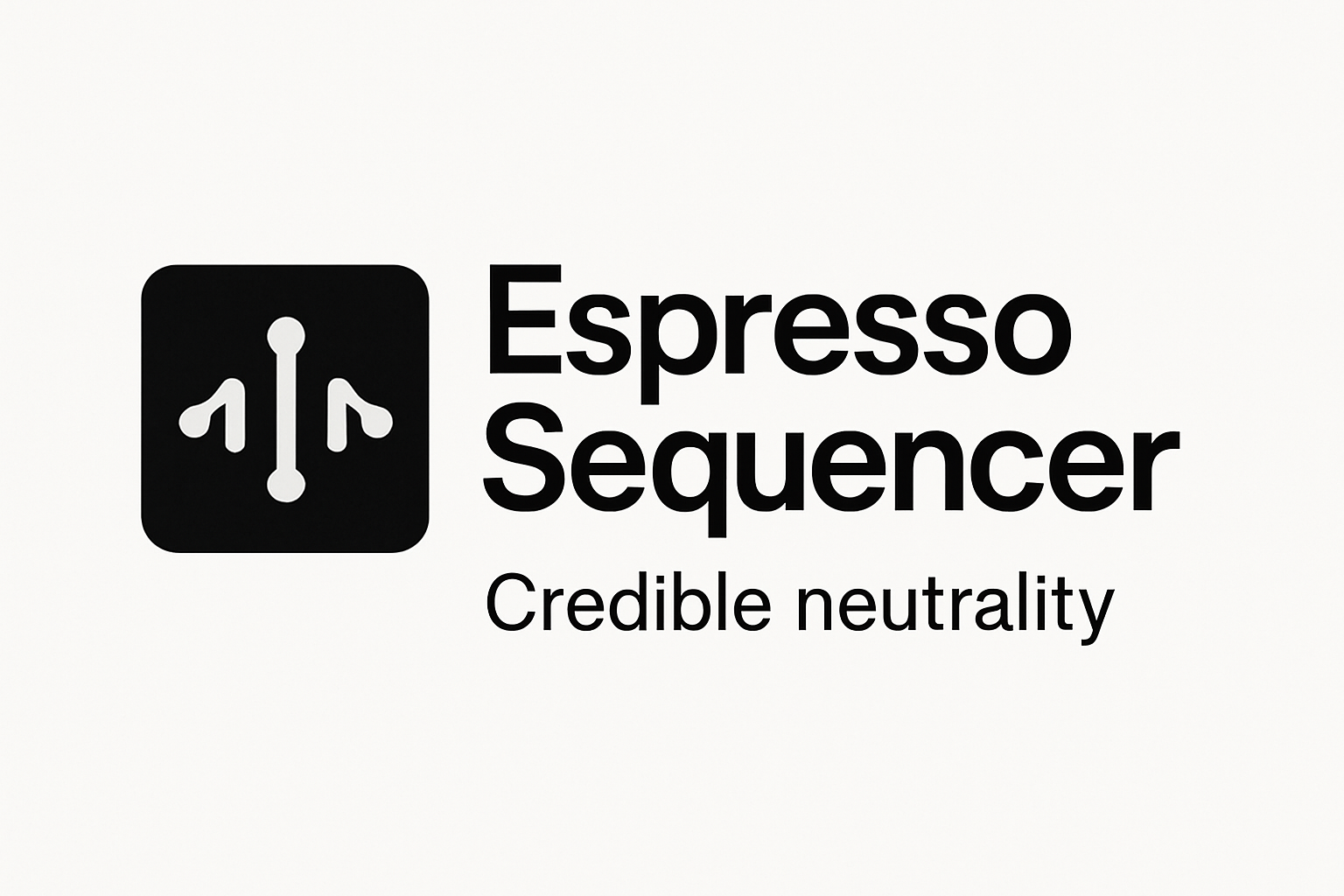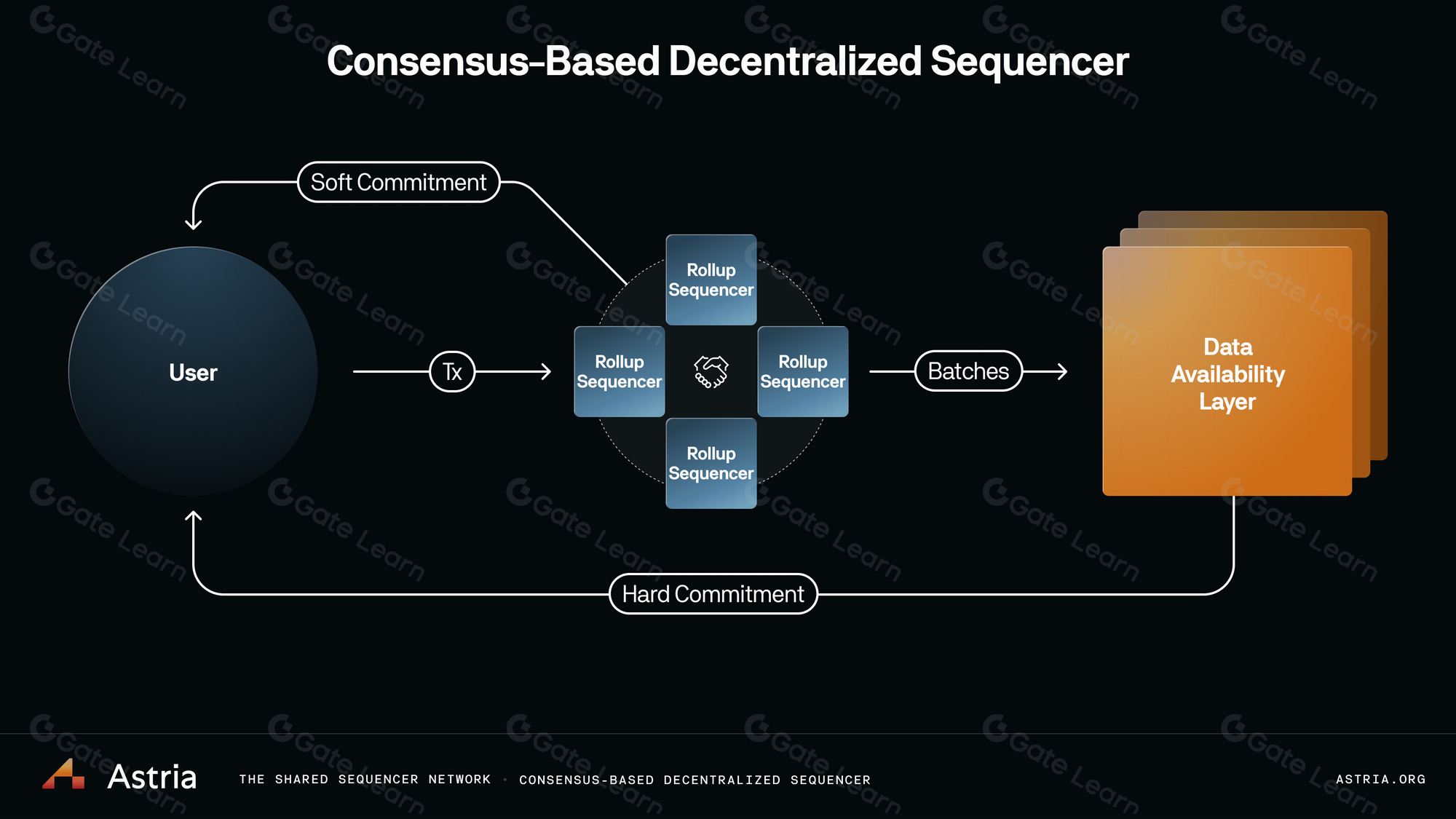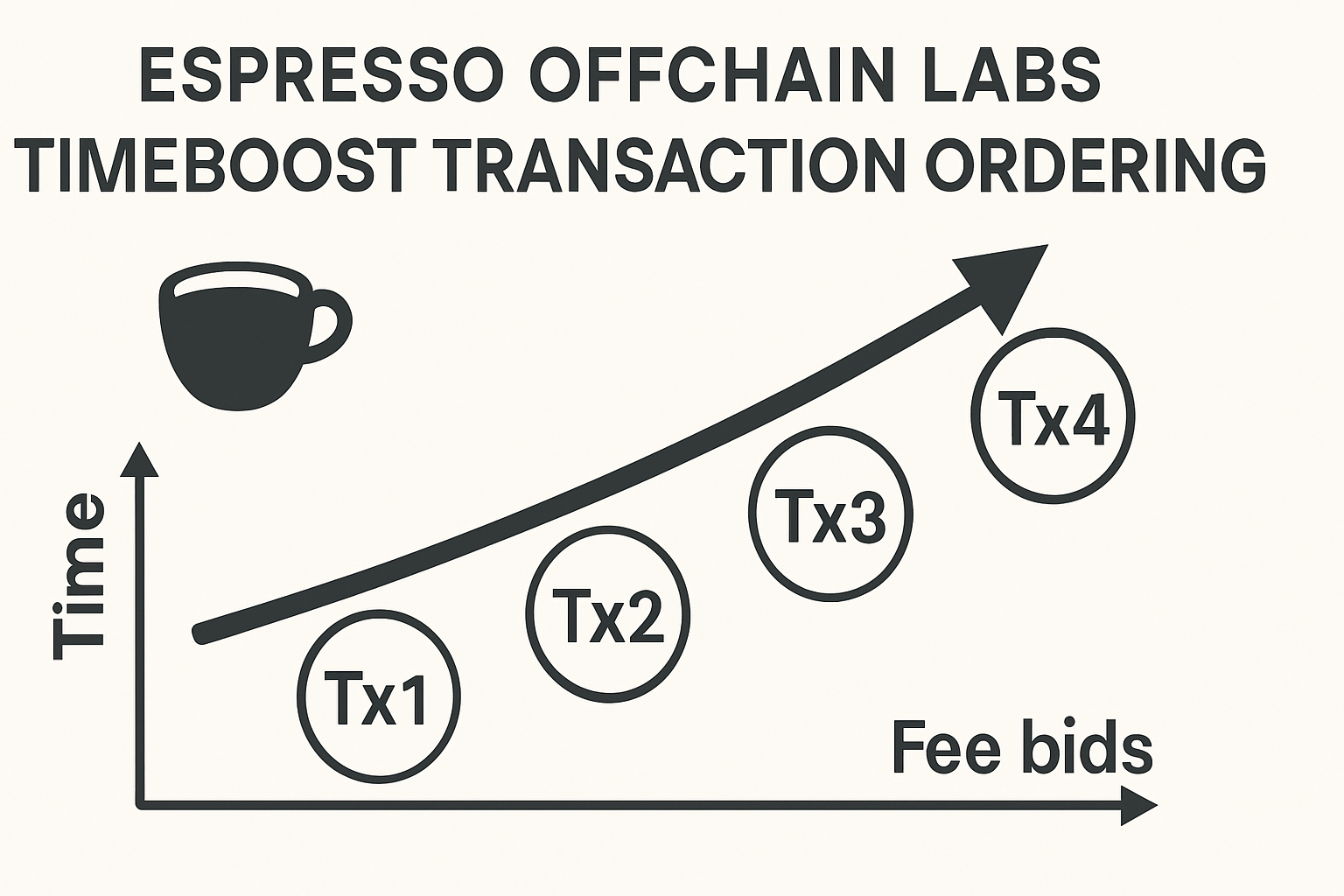
Ethereum’s Superchain vision is rapidly coming into focus, and at the heart of this transformation are decentralized sequencers like Espresso. For years, rollups have been the secret sauce behind Ethereum’s scaling story, but centralized sequencing has always been a sticking point. Now, projects like Espresso Systems are rewriting the rules, enabling rollups to interoperate seamlessly while preserving credible neutrality and boosting censorship resistance.

Why Centralized Sequencers Hold Rollups Back
Let’s get real: most rollups today rely on a single sequencer to order transactions. While this keeps things fast and simple, it creates a central point of failure and trust. If you’re building in DeFi or NFTs, you know what that means, potential for MEV extraction, censorship risk, and fragmented liquidity across chains. Not exactly the permissionless future we’re all here for.
This is where decentralized sequencers come in. By distributing transaction ordering across a network of independent nodes, they remove single-operator risk and open up new possibilities for cross-chain finality and atomic composability.
“Espresso helps rollups scale, decentralize, and interoperate. The Espresso Sequencer offers rollups credible neutrality and enhanced interoperability. “ (source)
The Espresso Approach: Shared Sequencing for Modular Rollups
Espresso Systems isn’t just repurposing legacy consensus tech, they’re purpose-building a shared sequencing layer designed specifically for today’s modular blockchain stack. The partnership between Airchains and Espresso Systems, for example, is bringing decentralized sequencing to modular zk-rollups from day one.
This shared layer allows multiple rollups to plug into the same sequencing network. The result? Fast and fair transaction ordering across chains, atomic cross-rollup transactions (think: swap on one chain, settle on another), and synchronous composability that was previously only possible on monolithic L1s.
Top Benefits of Decentralized Sequencers for Superchain Developers
-

Enhanced Interoperability Across Rollups: Decentralized sequencers like Espresso enable multiple rollups to share a common sequencing layer, making atomic cross-rollup transactions and synchronous composability much easier. This allows developers to build applications that interact seamlessly across different chains within the Superchain.
-

Credible Neutrality & Censorship Resistance: By removing single points of failure and central control, decentralized sequencers provide a consensus-driven approach to transaction ordering. This increases censorship resistance and ensures fair participation for all Superchain rollups, aligning with Ethereum’s decentralization ethos.
-

Improved Security and Trust Minimization: Decentralized sequencing reduces trust assumptions and mitigates risks associated with centralized operators. Superchain developers can rely on a robust, distributed network that enhances the security of rollup operations and user transactions.
-

Faster Innovation with Modular Integration: Solutions like Espresso are purpose-built for rollups and integrate directly with frameworks such as the OP Stack. This modularity accelerates development and allows teams to focus on user experience rather than infrastructure.
-

Open and Fair Transaction Ordering: Collaborations between Espresso Systems and Offchain Labs are bringing advanced transaction ordering designs like Timeboost to the Superchain. This ensures fair, efficient ordering policies and levels the playing field for all participants.
Superchain Interoperability Gets Real
The OP Stack is all about enabling a network of interoperable rollups, the so-called Superchain. But without a neutral bridge for transaction ordering, true interoperability remains out of reach. Enter Espresso’s decentralized sequencer:
- Censorship resistance: No single operator can block or reorder your transactions.
- Synchronous composability: Apps on different rollups can interact atomically in a single block.
- Cohesive user experience: Users move assets or data between chains as easily as switching tabs.
- No more liquidity fragmentation: Capital can flow freely across the Superchain ecosystem.
The recent integration work between Offchain Labs (Arbitrum) and Espresso, combining Timeboost’s fair ordering with shared sequencing, shows how rapidly this tech is evolving (read more here). It’s not just theory; it’s being shipped now.
The Road Ahead: Decentralized Sequencing as Core Infrastructure
If you’re building or investing in Ethereum rollups today, pay close attention to how decentralized sequencers like Espresso are reshaping the landscape. Their approach aligns perfectly with Ethereum’s modular roadmap, and it’s pivotal to unlocking true cross-chain finality within the Superchain paradigm.
We’re already seeing the impact: rollup teams can now launch with decentralized sequencing from day one, as seen in the Airchains and Espresso Systems collaboration. This isn’t just about technical elegance, it’s about real-world UX wins. Atomic cross-rollup swaps, seamless bridging, and shared liquidity pools are suddenly viable at scale. For DeFi protocols and NFT marketplaces, this means users won’t have to think twice about which rollup they’re on or worry about getting stuck in siloed liquidity traps.
Let’s zoom out: the Superchain thesis rests on a future where rollups are not isolated islands but interconnected highways for capital and data. Decentralized sequencers like Espresso are the traffic controllers making that possible, ensuring fairness, speed, and neutrality across all lanes.
How Developers Can Leverage Espresso Today
If you’re a developer eyeing the OP Stack or building a new zk-rollup, integrating with a shared sequencer is quickly becoming table stakes. Here’s how Espresso stands out:
By plugging into Espresso’s network, you inherit credible neutrality and access to a growing ecosystem of interoperable chains. This is especially powerful for apps that require atomicity, think DEXes enabling swaps across multiple rollups or lending protocols optimizing collateral across chains.
And it’s not just about technical integration, the governance model matters too. With decentralized participation in sequencing decisions, builders can help shape network policies (like MEV mitigation or ordering rules) that align with their community’s needs.
What Comes Next for Cross-Chain Finality?
The next frontier is native cross-chain finality, where transactions on one rollup can be finalized in sync with others without waiting for slow bridges or external relayers. Shared sequencing is the missing puzzle piece here. By establishing a common ordering layer, protocols can execute truly atomic operations spanning multiple chains within the Superchain.
This unlocks new composability primitives: multi-chain flash loans, cross-rollup DAOs coordinating actions in real time, and even unified DeFi markets spanning several execution environments. It also directly addresses liquidity fragmentation, a pain point that has long stifled DeFi’s growth on L2s.
Staying Nimble in a Modular World
If you’re serious about building for blockchain scalability and interoperability, it’s time to think modular, and decentralized sequencers should be at the top of your checklist. The pace of innovation here is wild; integrations like those between Offchain Labs and Espresso are proof that shared sequencing isn’t just hype, it’s shipping now.
The Superchain future won’t be built by siloed teams clinging to single-sequencer models. It’ll be shaped by open infrastructure like Espresso Systems, where credible neutrality meets composable design, and where developers have more power than ever to create seamless experiences across Ethereum rollups.












